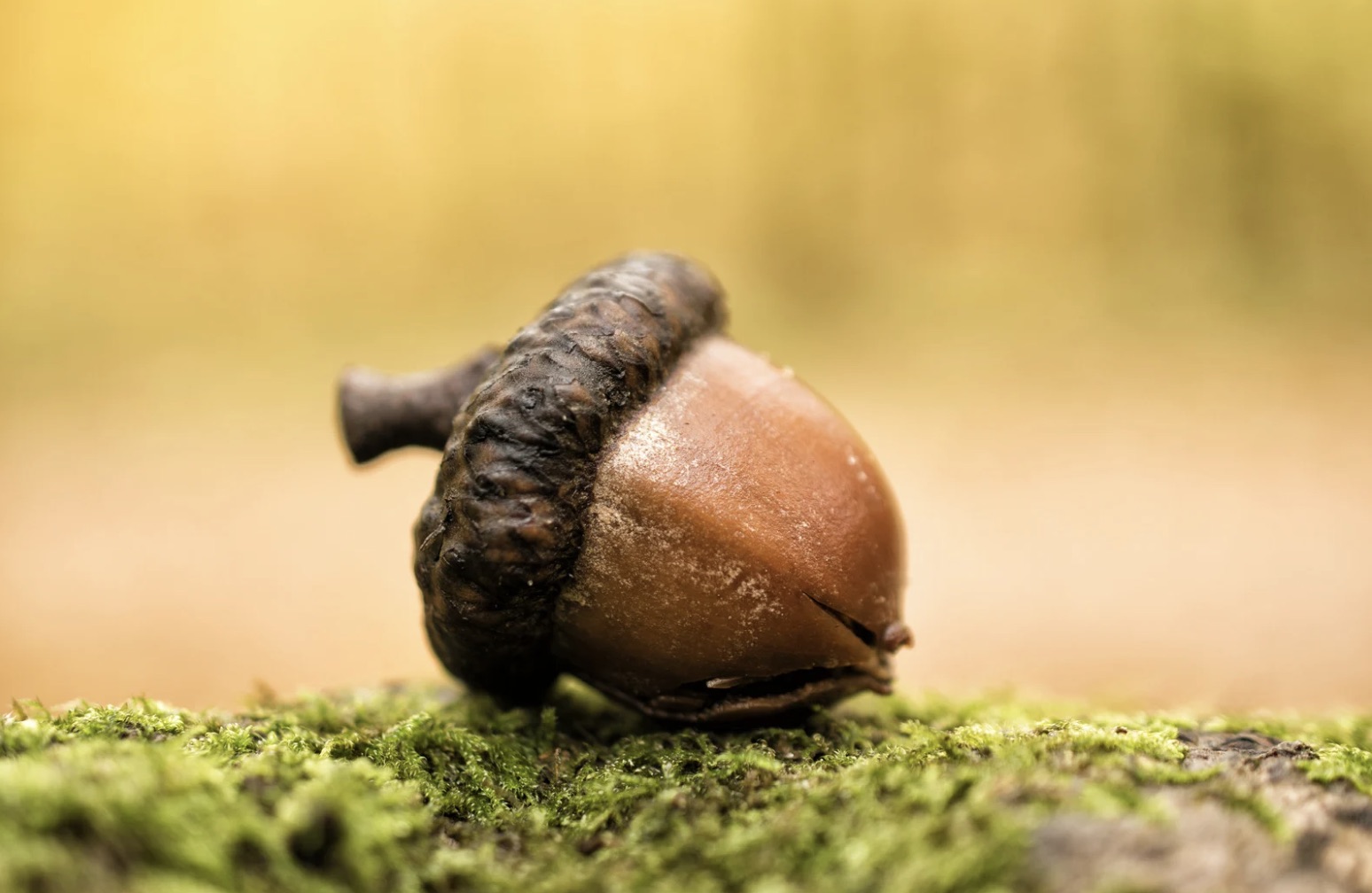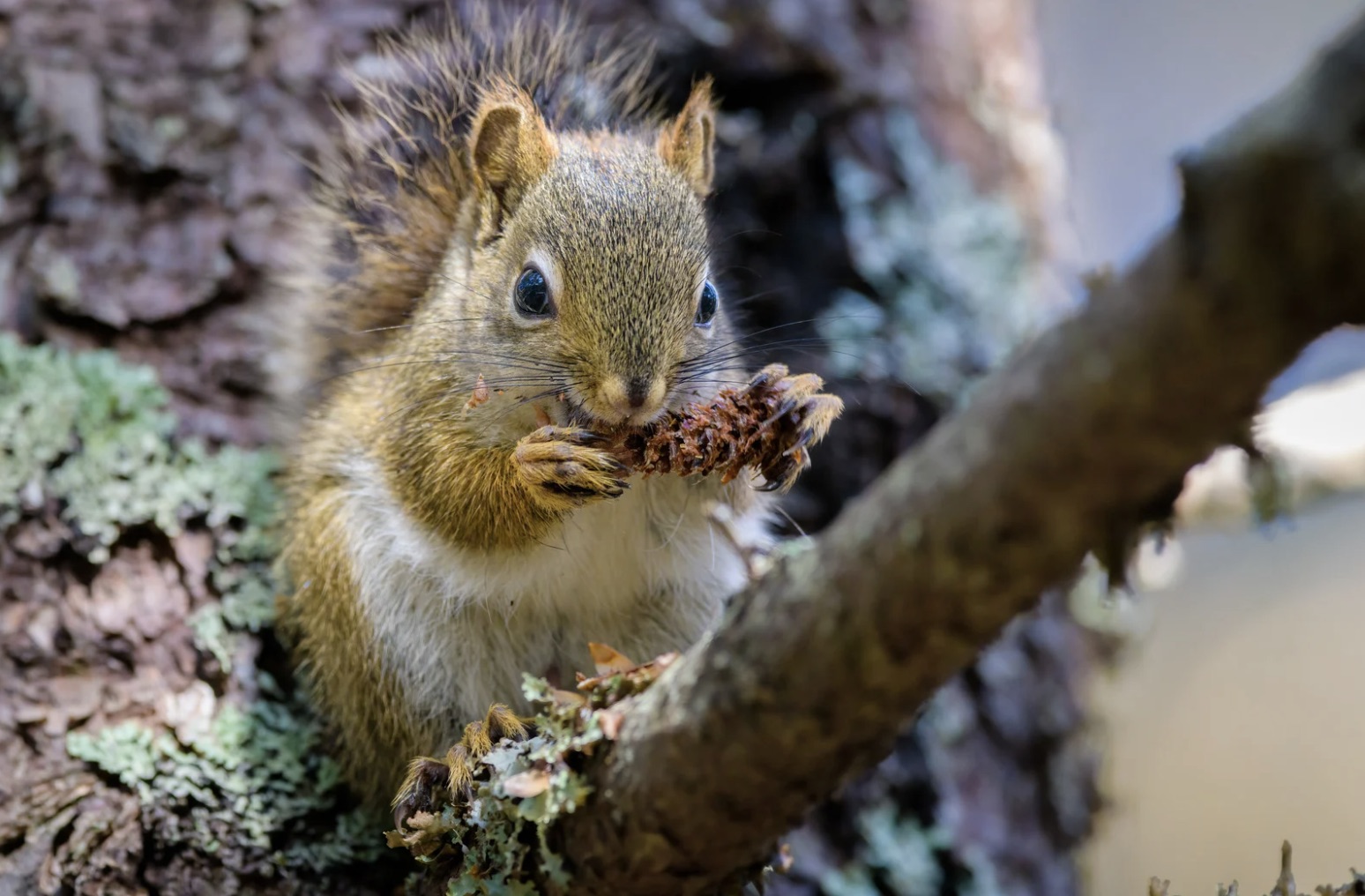
19 Mar Do All Oak Trees Produce Acorns? Understanding the Acorn Tree
When you think of acorn trees, does the image of a majestic oak come to mind? The acorn, that small seed, is the beginning of a mighty oak—a symbol of strength and endurance.
How does this transformation occur, and why is it important to understand the life cycle of these trees? Explore this fascinating topic to uncover the deeper significance of acorn trees and their role in ecosystems.
Ecology and Lifecycle of the Acorn Tree
Acorn trees, or oak trees, are pivotal in supporting diverse ecosystems. You’ll find their contributions as food sources, habitat, and soil improvers remarkable. Let’s explore these aspects further.
Significance in Ecosystems

The acorn tree is more than just a tree. It acts as a cornerstone in woodland habitats, providing shelter and sustenance for wildlife. Squirrels, deer, and birds are among a diverse range of species that rely on acorns as a staple food. Such ecological interactions highlight the tree’s role in fostering biodiversity.
When you look beyond the obvious, these trees also enrich their surroundings. Their leaf litter enhances soil fertility. As leaves decompose, they release nutrients back into the soil, supporting the lifecycle of forest flora. Many woodland creatures depend on this cycle for survival.
Further, acorn trees offer much-needed shade, modifying the environment beneath their canopy. This provides cooler areas for wildlife and plants, aiding in the conservation of moisture and preventing erosion. The forests they form are crucial sanctuaries for life.
Lifecycle and Reproduction
The lifecycle of an acorn tree begins with a small seed. When acorns drop to the ground, they enter a critical growth phase called germination, during which they embed in the soil to sprout new life. Not every acorn produced will grow, but the ones that do play a vital role in sustaining the tree population.
Oak trees are deciduous, losing leaves annually. Each growing season, their process of regrowth illustrates nature’s resilience. As oaks mature, they continue to flower and produce acorns, ensuring the continuation of their species. Environmental factors like sunlight and water levels influence this process.
Reproduction in oak trees is largely wind-dependent. Wind carries pollen from male flowers to female flowers, leading to fertilization and subsequent production of more acorns. This highly efficient system supports the growth of new trees, maintaining the health and abundance of their population.
Varieties and Characteristics
There are numerous species of oak, each with unique characteristics suited to different habitats. Some thrive in swamps, while others prefer dry uplands. The diversity of oak species contributes significantly to their adaptability in various environmental conditions.
You’ll find different kinds of oaks such as the white oak, red oak, and live oak, each with distinct features. The variations in leaf shape, acorn size, and bark texture reflect their adaptability and evolution over time.
Protection and conservation efforts are crucial to ensure these species continue to thrive. Oaks are forest giants, with a lifecycle that supports countless other organisms. Fostering these trees helps maintain ecological balance and sustain healthy wildlife habitats for future generations.
Cultural and Practical Importance
Acorn trees, or oaks, are more than just a staple in wooded environments. They hold rich meanings in various cultures while offering practical benefits like shade with their wide canopies and materials for construction and outdoor activities. These majestic symbolize endurance and strength, reflecting the persistent nature of the ecosystems they support.
Symbolism and Historical Uses
The oak tree has served as a symbol of strength and endurance across centuries. Seen in mythology and archetypal stories, the oak often represents resilience and stability. Ancient civilizations revered these trees, viewing them as sacred entities.
In Greek mythology, they were associated with Zeus. The Romans attributed similar significance to them, and Druids considered oaks pivotal to spiritual rituals due to their towering canopies and enduring nature. Oaks have historically been used for creating furniture and boats, thanks to their robust wood. Their firmness and longevity made them perfect for construction, illustrating their pivotal role across cultures and history.
Contemporary Applications
In modern contexts, oaks continue to boast practical significance. Their wood is consistently favored for furniture, flooring, and barrels in industries due to its unique hue and grain. This resilient wood makes oaks preferable for durable goods.
For gardeners and conservationists, they offer ecological benefits like supporting biodiversity; red oak acorns serve as fresh forage for wildlife.
Planting oaks contributes to conservation, as these trees help maintain the balance within ecosystems. For outdoor enthusiasts, the oak’s enduring shade creates restful spots for picnics or gatherings, while their aesthetic beauty enhances landscapes.
These aspects reflect your interest in maintaining both natural beauty and practical uses when considering oaks for modern applications.
Take Your Understanding of Oak Trees to the Next Level
Ready to expand your knowledge of oak trees? Let’s jump right in.
Characteristics of Oak Trees
Oak trees are diverse, boasting varieties like the stately White Oak and the rugged Bur Oak. They’re characterized by lobed leaves and a strong, sturdy structure. Not all oaks produce acorns every year. This variability plays an important role in forest ecosystems.
Growth Patterns
Oak trees grow in different environments, from dense forests to open plains. You’ll find that certain species thrive in well-drained soil, while others prefer moist areas. They generally grow slowly, which contributes to their hard, dense wood.
Role in the Environment

Oak trees support diverse wildlife. Their acorns are a source of food for many animals. Birds, squirrels, and deer rely heavily on these nuts, fostering an interconnected ecosystem.
Bark and Leaf Identification
Identifying oaks involves examining their bark, which can be smooth or deeply ridged. Leaves also vary: some are deeply lobed while others are broad. Learning these subtle differences aids in recognizing the specific varieties.
Maintenance Tips
If you’re managing an oak stand or a single tree, ensure proper care. Regular pruning helps maintain their health. Watch out for diseases like oak wilt, which can devastate these trees quickly.
For more tips on oak trees and their maintenance, contact Price Right Trees at 817-290-4365. They’ll guide you through the process, ensuring your oaks are robust and healthy.
